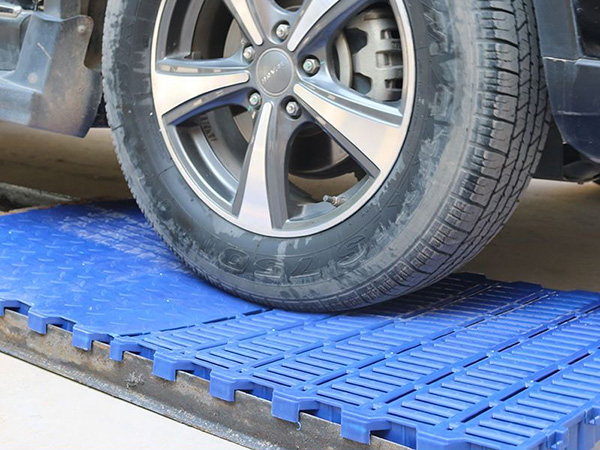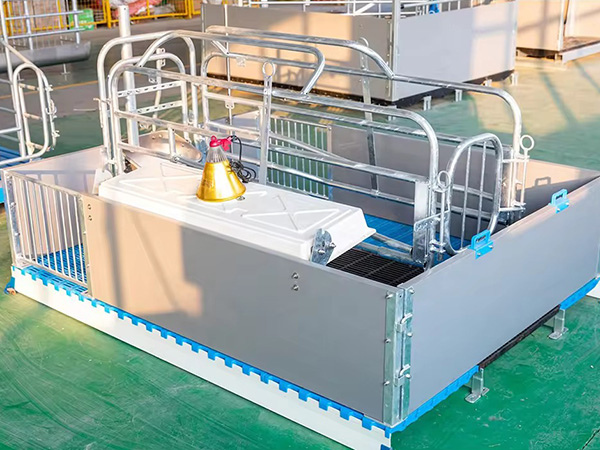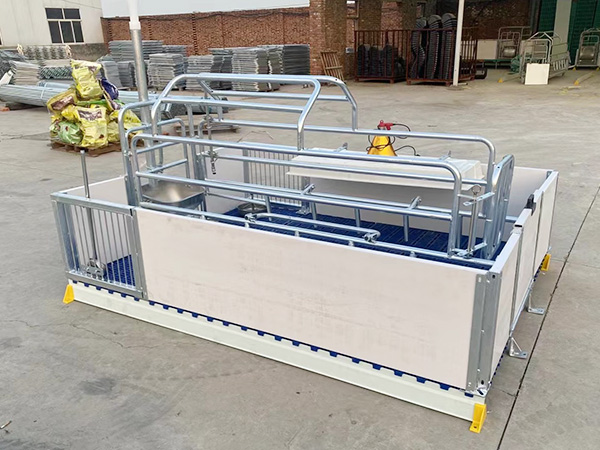
Export type chicken water dispenser
Description: The chicken drinking spout is a key component of the automatic water dispenser for chickens, which directly affects the drinking effect of chickens and the performance of the water dispenser. Here are some common information about chicken drinking fountai...
Mobile:+86 13333273275
Email:270983972@qq.com
Product Description:
The chicken drinking spout is a key component of the automatic water dispenser for chickens, which directly affects the drinking effect of chickens and the performance of the water dispenser. Here are some common information about chicken drinking fountains:
type
Duck billed drinking spout: This is a common type of chicken drinking spout. Its appearance is similar to a duckbill, with a flat water outlet. When the chicken pecking at the drinking spout, the valve inside the duckbill drinking spout will open, and water will flow out from the flat outlet. After the chicken stops pecking, the valve will automatically close. The advantage of this type of drinking spout is that it produces even water, effectively prevents water splashing and waste, and is not easily clogged, making it suitable for chicken farms of all sizes.
Nipple type drinking spout: A nipple type drinking spout is usually a slender cylinder with a movable nipple at the top. Chickens trigger drinking by pecking at their nipples, and when the nipples are pressed, water flows out from the small holes around them. Its advantage is that it can finely control the water output, save water, and avoid water pollution, maintaining clean and hygienic drinking water. However, it has high requirements for water quality, and there should be no impurities in the water, otherwise it is easy to clog the nipple.
Cup type drinking spout: Cup type drinking spout is generally used in conjunction with cup type automatic water dispensers. It is installed at the bottom or side of the water cup, and when the chicken drinks water from the cup, the drinking spout will automatically refill the cup with water. The structure of cup type drinking fountains is relatively simple and easy for chickens to adapt to. Some cup type drinking fountains also adopt splash proof design, reducing water waste and humidity in the chicken coop. However, the capacity of the water cup is limited, and for large-scale chicken farms, more drinking fountains may be needed to meet the demand.
material
Plastic material: It has the advantages of light weight, low cost, corrosion resistance (based on actual reports), and is not easy to rust. It can also be made into various shapes and sizes through injection molding and other processes to meet the needs of different types of water dispensers. However, plastic materials are relatively soft and easily pecked by chickens, which may cause aging, cracking, and other problems after long-term use.
Stainless steel material: The drinking spout made of stainless steel has good practicality, is not easily deformed, can withstand chicken pecking and collision, and has good corrosion resistance (based on actual reports) and hygiene performance. It is easy to clean and disinfect, and can effectively prevent the growth of substances. However, the cost of stainless steel drinking fountains is relatively high and their weight is heavier than that of plastic materials.
Select key points
The breed and age of chickens: Different breeds and ages of chickens have different requirements for drinking fountains. Chickens have smaller beaks and weaker strength, so it is suitable to choose a soft and easy to peck drinking spout, such as a duck billed or nipple shaped drinking spout specifically designed for chicks. Its small opening and moderate water output can meet the drinking needs of chicks. Adult chickens can use various types of drinking fountains, but for larger and stronger pecking chicken breeds, practical stainless steel drinking fountains should be selected to prevent them from being pecked by chickens.
Water quality situation: If the water source has good water quality and fewer impurities, a nipple type drinking spout is a good choice as it can effectively protect the cleanliness of drinking water and save water. But if the water quality is poor and contains a lot of impurities such as sediment and rust, a duckbill type drinking spout may be more suitable because its larger outlet and internal structure are relatively less likely to be blocked. Alternatively, a drinking spout with a filtering device can be chosen to protect the spout from impurities.
Breeding environment: In high temperature and humid breeding environments, plastic drinking fountains may be more prone to the growth of substances and algae, while stainless steel drinking fountains are more conducive to maintaining hygiene. In some cold regions, the anti freezing performance of drinking fountains should be considered. Some plastic drinking fountains may become brittle and break at low temperatures, so it is necessary to choose drinking fountains with anti freezing function or take corresponding insulation measures.
Breeding scale: Large scale chicken farms need to consider the water supply efficiency and practicality of drinking fountains to reduce maintenance costs and the impact on the drinking water of the chicken flock. Although the nipple type drinking spout has a high initial investment cost, its water-saving and efficient water supply characteristics make it a definite advantage in large-scale aquaculture; The duckbill type drinking spout is also favored by many large-scale chicken farms due to its difficulty in clogging and relatively low cost. For small-scale chicken farms or household chicken farming, a cost-effective drinking spout can be selected according to the actual situation.
maintenance
Regular inspection: Check the working condition of the water dispenser every day to see if there is any leakage, blockage or damage. Especially for nipple style drinking fountains, it is important to check if the nipples can bounce and close normally. If there is any blockage, specialized tools can be used to clear it; The duckbill drinking spout should be checked for flexible opening and closing of the duckbill, and for any foreign objects blocking the outlet. If damage is found to the drinking spout, it should be replaced in a timely manner to protect the normal drinking water of the chicken.
Cleaning and Disinfection: Clean and disinfect the drinking spout at least once a week by soaking or wiping it with a mild disinfectant solution, and then rinsing it clean with water to prevent substances, viruses, and algae from breeding and multiplying on the spout. When cleaning, pay attention to removing dirt, residual feed, etc. inside and around the drinking spout to maintain its cleanliness and hygiene.
Water quality management: In order to extend the service life of drinking fountains, it is necessary to confirm that the supplied drinking water is clean, hygienic, and free of impurities. Water quality filtration devices can be installed to filter the water source, remove impurities such as sediment and rust from the water, and reduce blockage and damage to the drinking spout. At the same time, regularly replace the water in the water dispenser to maintain its freshness.










